main navigation start
Toggle navigation
- Resources
- Search
main content start
Search Filters
Sharex Sites List
Language
Topics
Topics
- Accountability (3)
- Adolescents (36)
- Birth Registration (1)
- Breastfeeding (20)
- Cash Transfer (2)
- Child and youth participation (12)
- Child Health (234)
- Child labour (4)
- Child marriage (18)
- Child Poverty (10)
- Child Protection (49)
- Children in alternative care (5)
- Child Rights (17)
- Climate, Energy and Environment (45)
- Community engagement (89)
- Convention on Child Rights (2)
- COVID-19 (121)
- Data/Evidence (113)
- (-) Disability (95)
- Disaster Risk Reduction (14)
- Discrimination (2)
- Early Childhood Development (55)
- Education (28)
- Emergency Response (2)
- Female genital mutilation (25)
- Gender (49)
- Gender Based Violence (17)
- HIV/AIDS (41)
- Humanitarian Response (10)
- Immunization (131)
- Infant and Young Child Nutrition (18)
- Innovation (35)
- Justice for children (4)
- Knowledge Exchange and Sharing (33)
- Knowledge Management (41)
- Legal identity (3)
- Maternal Health (55)
- Mental Health (26)
- Migrant and displaced children (12)
- Migration (10)
- Newborn Health (60)
- Nutrition (156)
- Online protection (1)
- Partnerships (8)
- Peacebuilding (2)
- Polio (6)
- Poverty (1)
- Psycosocial support (7)
- Sexual exploitation and abuse (11)
- Sexual Violence (9)
- Social Behaviour Change (58)
- Social Policy (20)
- Social Protection (15)
- Social service workforce (81)
- Sustainable Development Goals (8)
- Technology for Development (13)
- UNICEF Programming (37)
- UN Water Conference (6)
- Urban (8)
- Violence against children and women (15)
- Violence in schools (2)
- Water. Sanitation and Hygiene (173)
Resource Type
Document Type
- Academic journal articles (including pre-print submissions) (2)
- Agreements (0)
- Case studies, lessons learned, field notes (14)
- Corporate reporting (0)
- Data set (0)
- Evaluations (0)
- Forms and templates (0)
- Guidelines/SOPs/checklists (17)
- Human Interest Stories (0)
- Major publication (flagship, advocacy etc.) (0)
- Meeting documents and reports (0)
- Mobile Application (0)
- Monitoring reports (0)
- Newsletters (0)
- None (4)
- Online learning/e-learning course (0)
- Other technical publications and reports (1)
- Policy brief/briefing notes/fact sheets/FAQs (9)
- Posters, brochures, pamphlets, flyers (1)
- Presentation (0)
- Research report (5)
- Situation analyses (1)
- Situation reports (1)
- Speeches and Statements (0)
- Staff working paper/discussion paper (1)
- Strategies and Frameworks (1)
- Systematic reviews, knowledge mappings, evidence synthesis (0)
- Technical note (3)
- Toolkit/Toolbox (13)
- Training materials (22)
- Video (0)
Country
Published Date Range
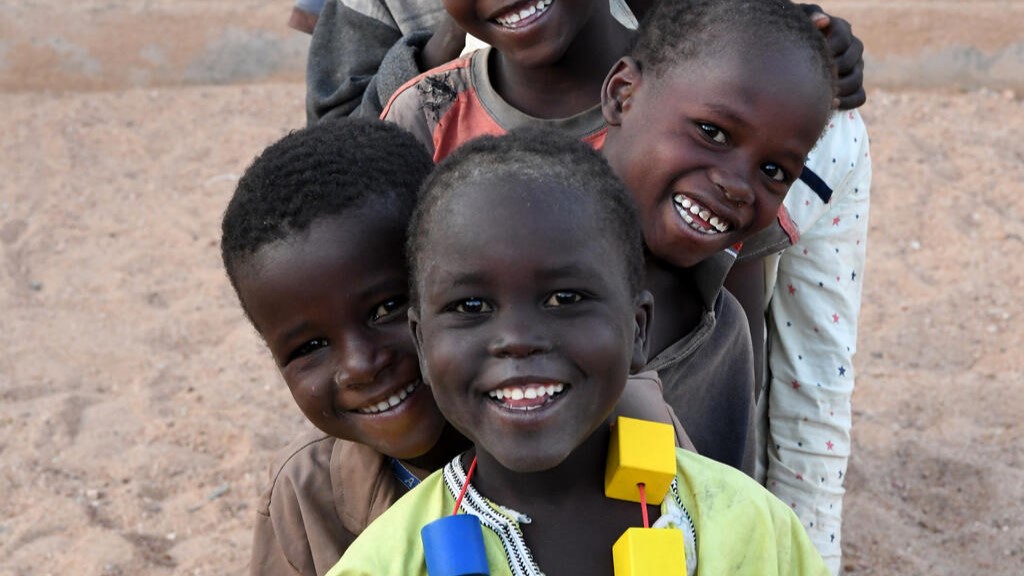
Research report
Best of UNICEF Research showcases the most rigorous, innovative and impactful research produced by UNICEF offices worldwide. While evidence highlights emerging issues, it also informs decisions and pr...
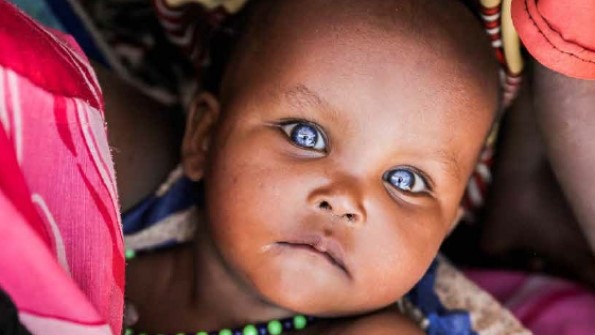
Research report
The Best of UNICEF Research is celebrating its seventh year. Once again, it showcases a collection of the best research undertaken or supported by UNICEF staff and offices around the world. The Best o...
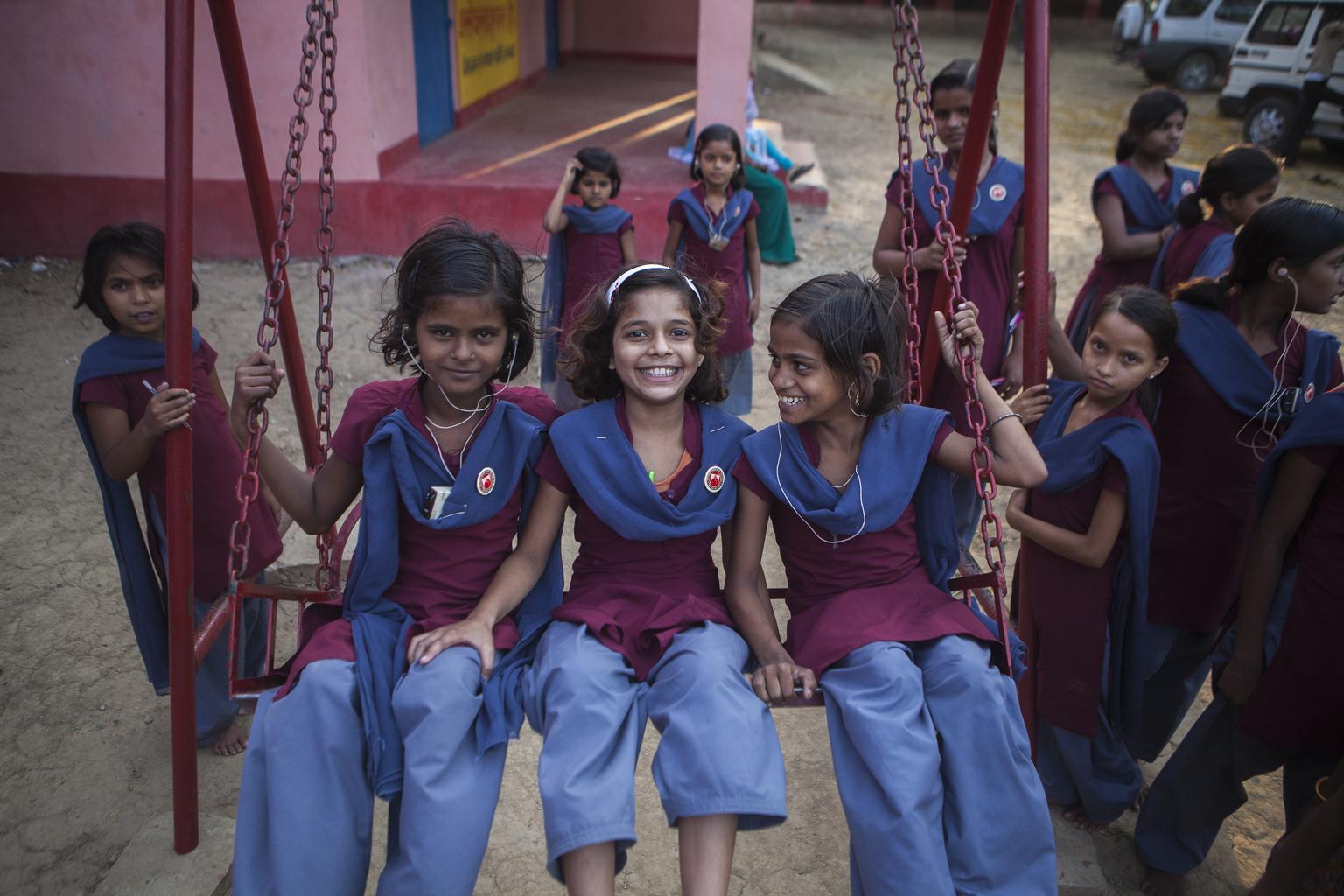
Research report
The Best of UNICEF Research (BOUR) initiative celebrates its fifth year. Once again, it showcases some of the best and most innovative pieces of research coming out of UNICEF. It reveals diversity in ...
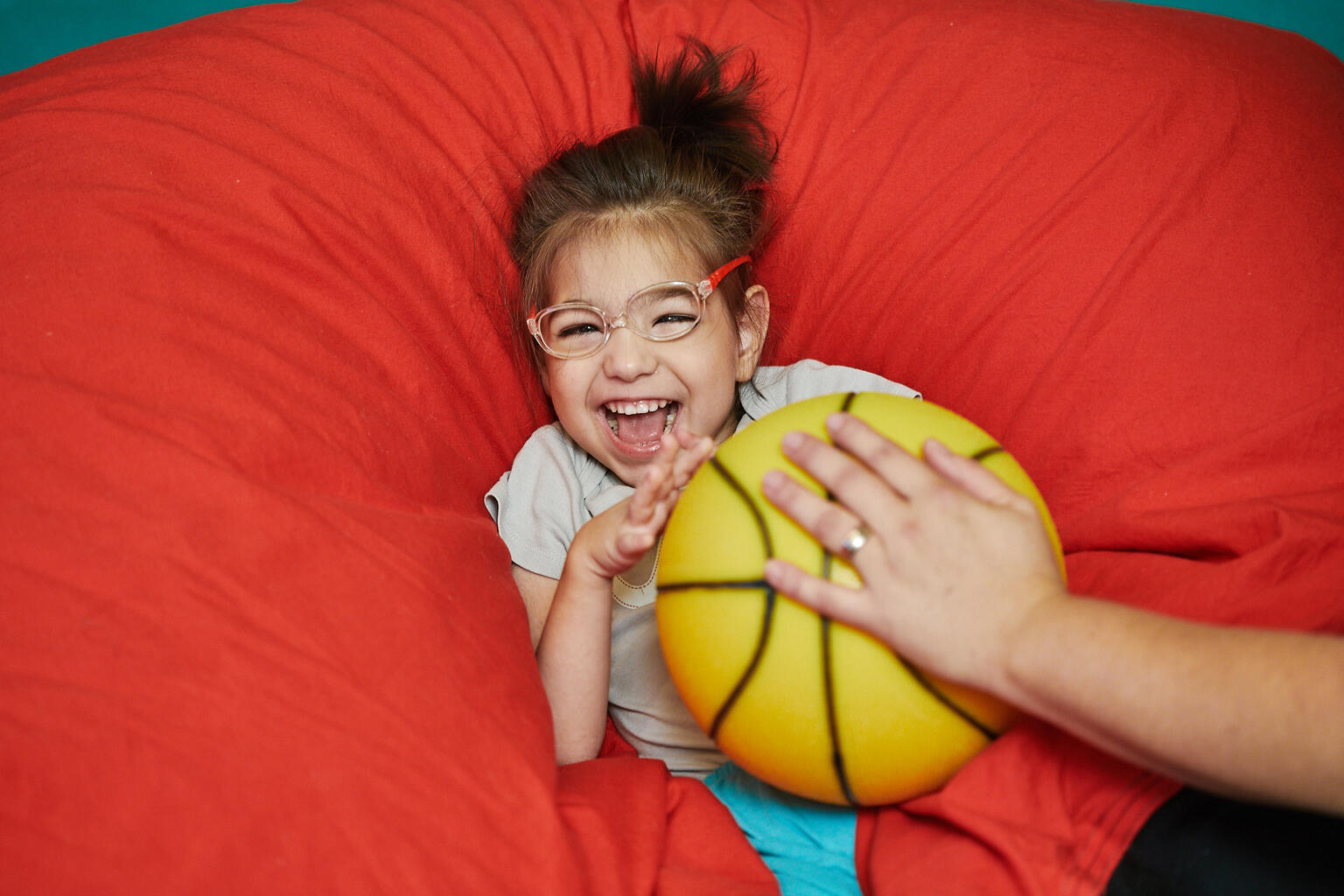
Guidelines/SOPs/checklists
This guide provides a series of indicative actions for disability inclusion at each stage of the program cycle. It focuses on system-wide (e.g., budgeting that is compliant with the Committee on the R...
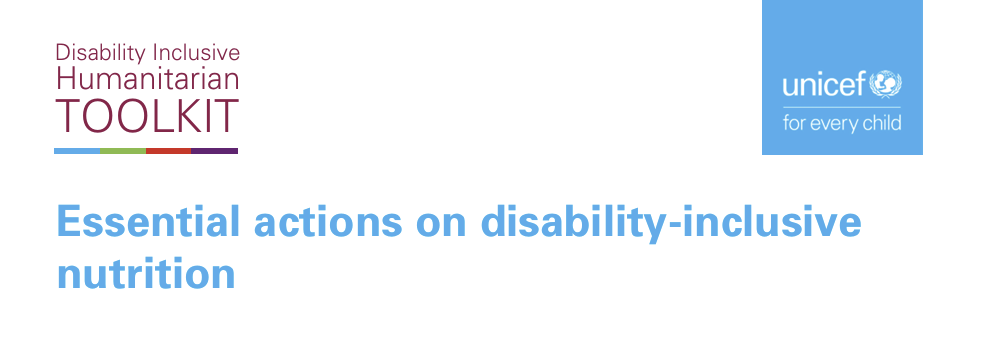
Guidelines/SOPs/checklists
This checklist is a companion to UNICEF’s Guidance on Including Children with Disabilities in Humanitarian Action: Nutrition. It provides a package of essential actions required to ensure disability-i...
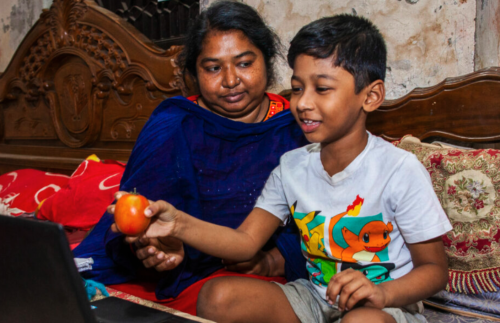
Training materials
This resource library compiles the videos and booklets that Stichting Niketan has developed to equip caregivers with the necessary skills to support children with disabilities, including their feeding...
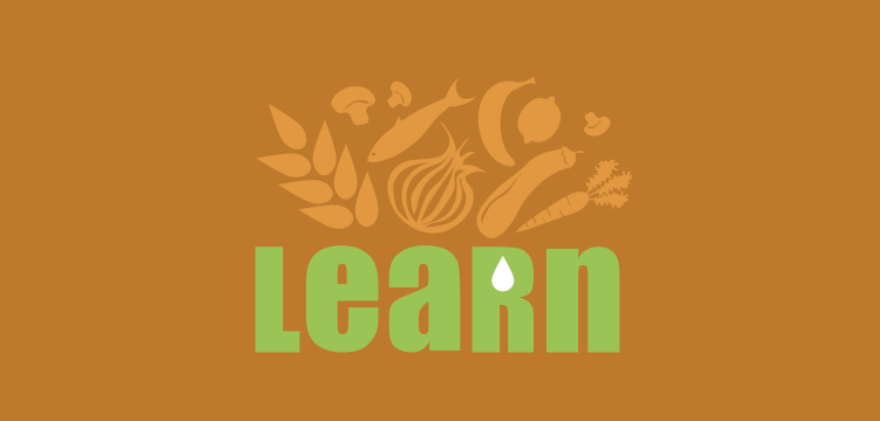
Training materials
This module supports the integration of disability inclusion into nutrition programming by providing information on the nutritional concerns of children with disabilities. It covers topics such as the...
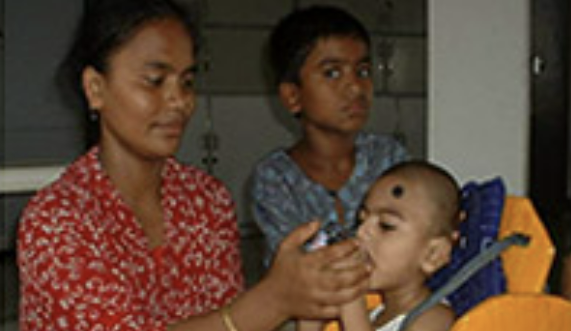
Training materials
This 8-session training is aimed at therapists working with children with neurodevelopmental disabilities in low- and middle-income countries who have eating and drinking difficulties. The content is ...

Situation analyses
This report provides an overview of the situation analysis of early childhood intervention conducted in Montenegro. It provides an overview of the status of services for children with disabilities and...

